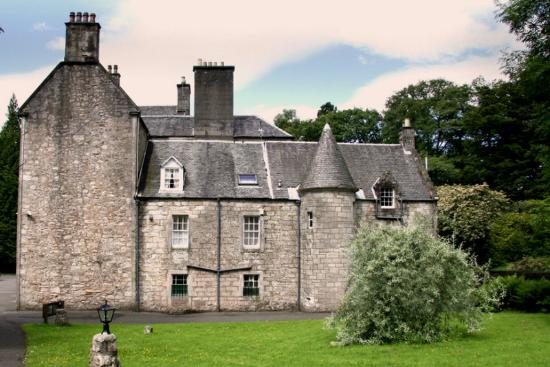

Some seized the riders by their clothes, dragged them down, and stabbed them with their dirks several, again, used their pistols, but few of them had sufficient space to handle their swords ….

The Highlanders, stretched on the ground, thrust their dirks into the bellies of the horses. The most singular and extraordinary combat immediately followed. After receiving a blast of fire from the highland lines which killed eighty men, the cavalry charged forward: Chevalier Johnstone was with the Prince and he later recalled the scene as the dragoons of Cobham, Ligonier and Hamilton led the Government forces up Maggie Woods Loan towards the advancing Jacobite lines in the foulest winter weather. Two miles away, Lady Ann was entertaining the unsuspecting Hawley, who, on hearing the news, rose from the table in some disarray according to one account, found his horse and galloped towards his army to begin a belated response. The Earl of Kilmarnock husband of Lady Ann Livingston then resident in Callendar House was ‘out with the rebels’ and his Falkirk tenants were with him. In the Jacobite ranks were were eight thousand men, highland infantry from all the major clans supported by cavalry of the lowland Jacobite gentry. On the morning of January 17th aided by Sir Archibald Primrose of Dunipace – under duress, or so he claimed at his subsequent trial – the highland armies moved from Plean in a southward circle across the rivers Carron and Bonny towards the south muir of Falkirkīy late afternoon they were closing in on the high ground above the town. The Jacobite commanders besieging Stirling Castle decided that a carefully planned attack might rout the redcoats and begin a revival in the fortunes of their luckless Prince.

General Henry Hawley in command of nearly nine thousand men had made camp in Falkirk on land to the west of the town where Hope Street now runs down towards the present Dollar Park.


 0 kommentar(er)
0 kommentar(er)
